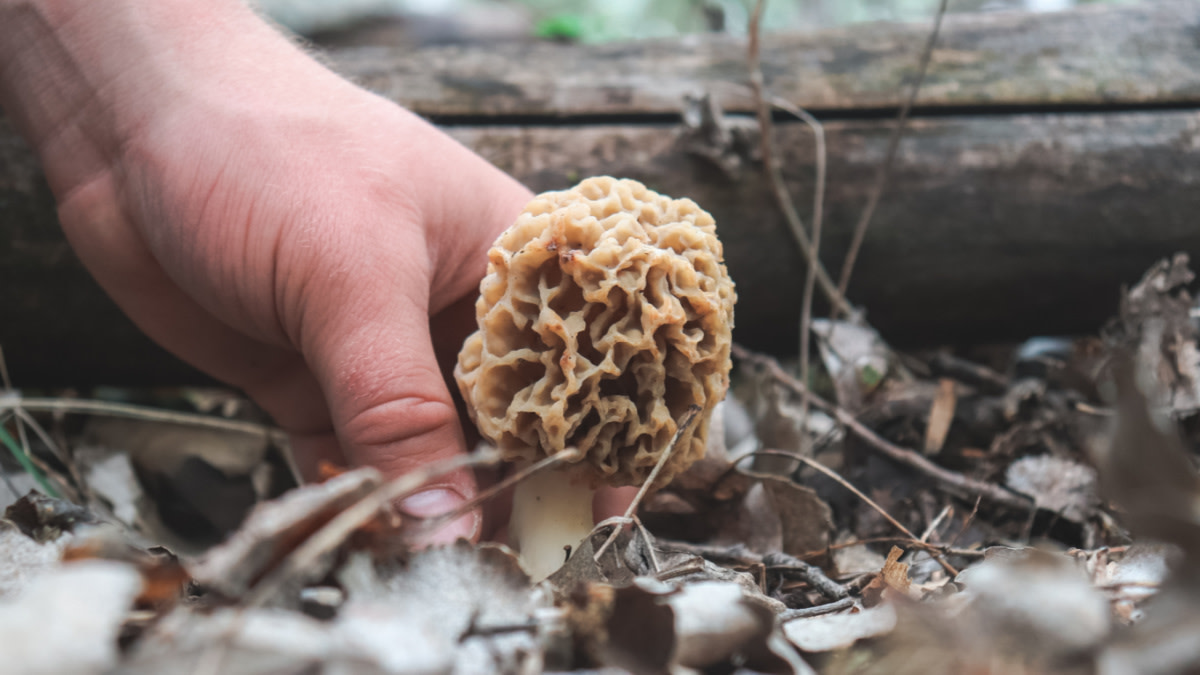
Finding morels can be a challenging task for new foragers. I vividly remember the struggle to find my first morels; it felt as if I walked every square inch of woods where they didn’t grow. Later I realized I had been far too fixated on looking down. Rookie mistake.
Veteran foragers know the best way to find morels is actually to look upward. While morels never grow on trees, they almost always grow around very specific types.
Morels have a mycorrhizal relationship with various tree species. In this symbiotic relationship, the mushrooms benefit from substances the tree produces—carbohydrates like glucose, for example—and the tree benefits from the added moisture the mycelium draws to the root system.
Here’s a quick guide to finding and identifying the trees that will lead you to your next, maybe even your first, morel honey hole.
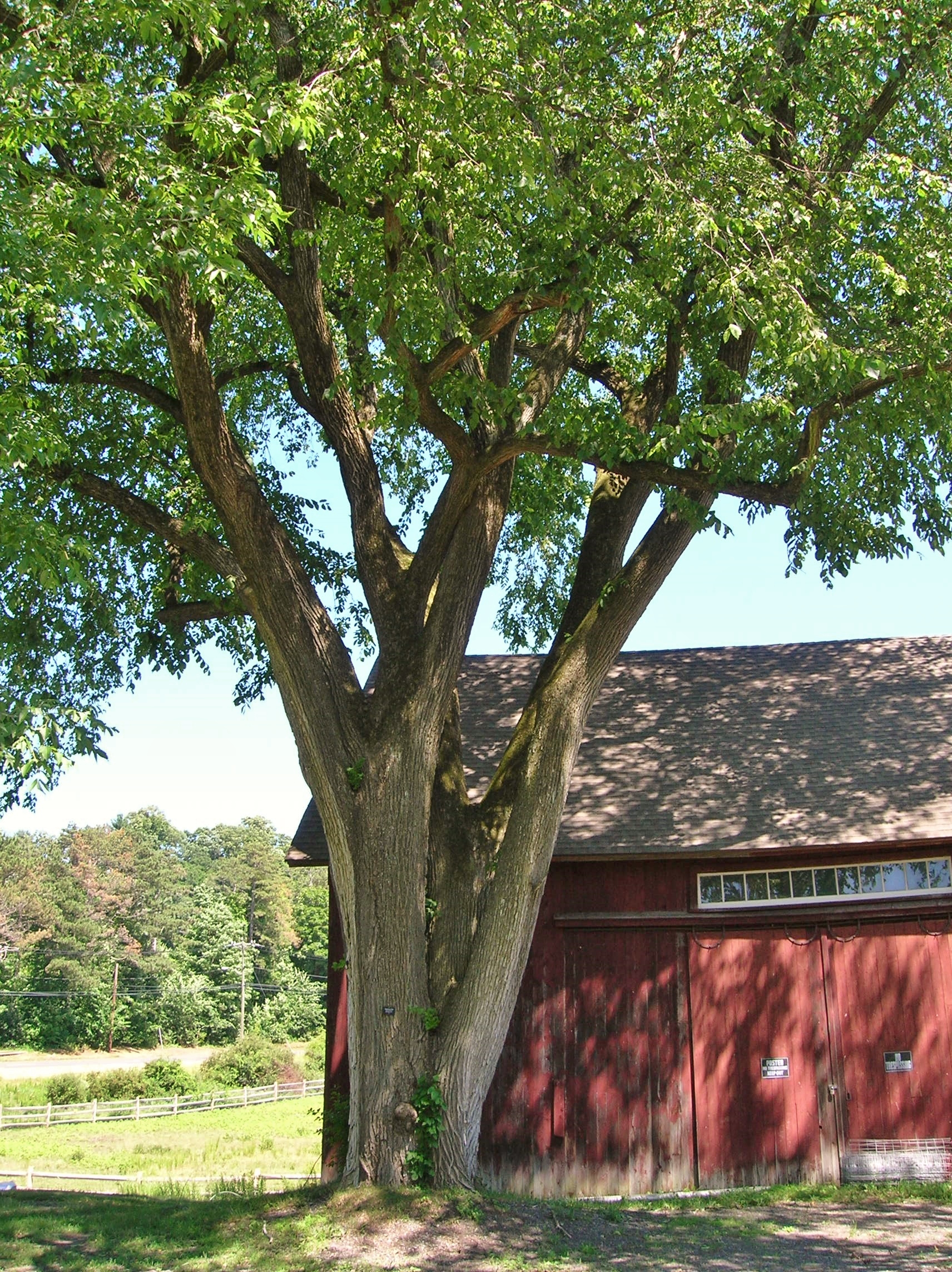
Elm Trees
Height: Up to 100 feet
Bark: Grey and green vertical fissures that often appear braided
Leaf: Oval with a point, toothed margins, uneven bases, 4 to 6 inches long
If there’s one tree all morel hunters should know—even those brand new to foraging—it’s the elm tree. Dead elm trees, more specifically.
How can you tell if an elm is dead? Aside from the obvious (a tree split in half and fallen over) look to the upper limbs. Are they bare and lacking leaves while everything else is greening up? Are some of the branches white and completely barkless? Is the bark falling off further down the trunk and scattered around the base of the tree? If you notice any of these traits, take a long, careful look for morels near this tree.
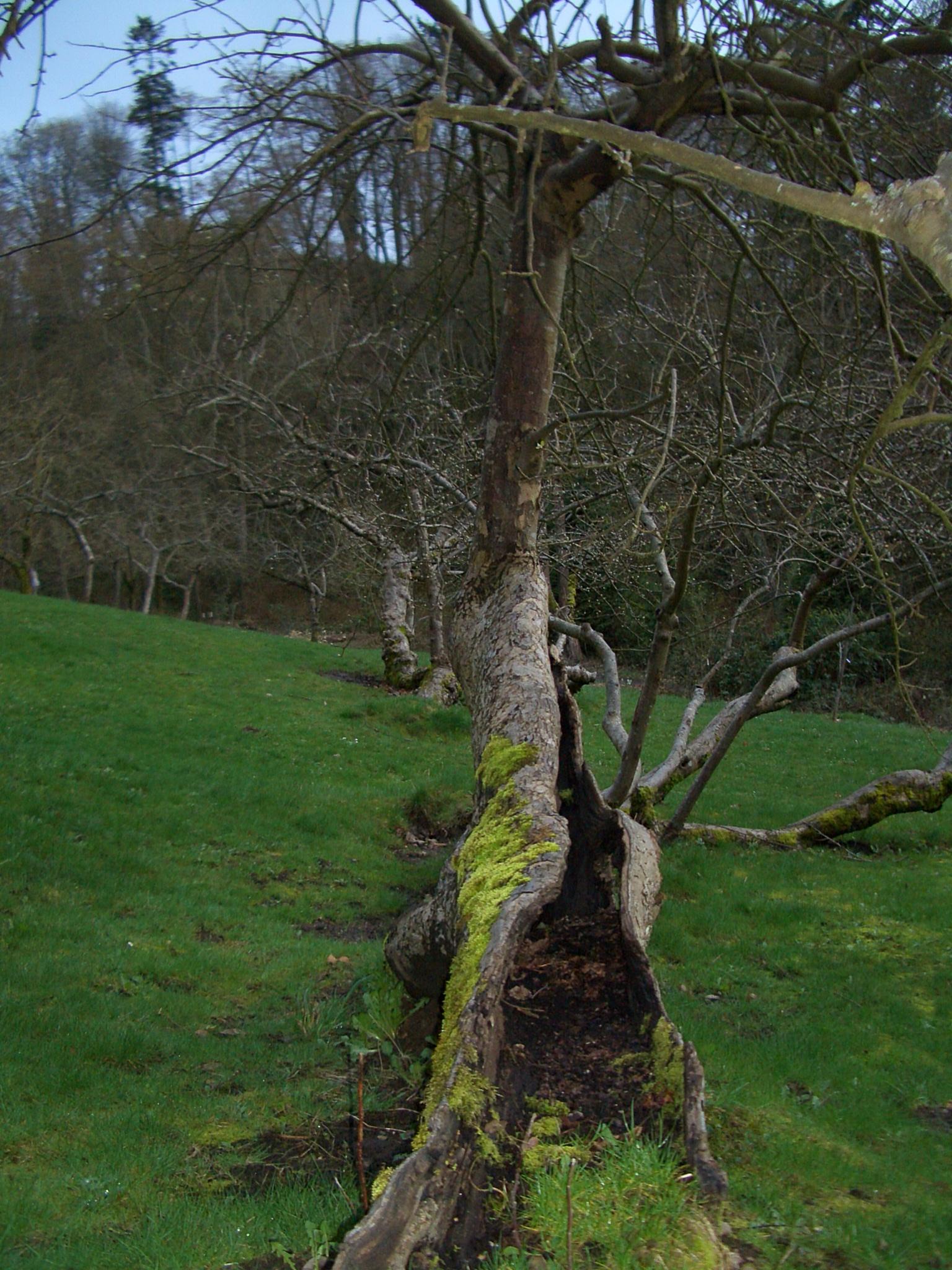
Apple Trees
Height: Up to 15 feet
Bark: Smooth and reddish-grey on young trees, scaly/flaky and greyish-brown on older trees
Leaf: Oval with a point, finely-toothed margins with a rounded, even base, 1½ to 4 inches long
Second to the elm is the apple tree. Folks have been finding morels in old apple orchards forever. Like elms, morels seem to flush heavily around dead and dying apple trees. These spots are often extremely consistent because, unlike a lot of trees, apples take a long time to die. This means they’re sending distress signals that cause morels to flush for a longer period of time.
Abandoned orchards are great places to poke around. They often have that mix of dead and dying trees, open ground, and the shade morels seem to love.
A word of caution when foraging old apple orchards: folks historically treated such spots with harsh chemicals that we recognize as unsafe today. While I’ve never heard a first-hand account of negative effects from eating morels picked in old orchards, it makes sense to use moderation when consuming fungi from these locations.
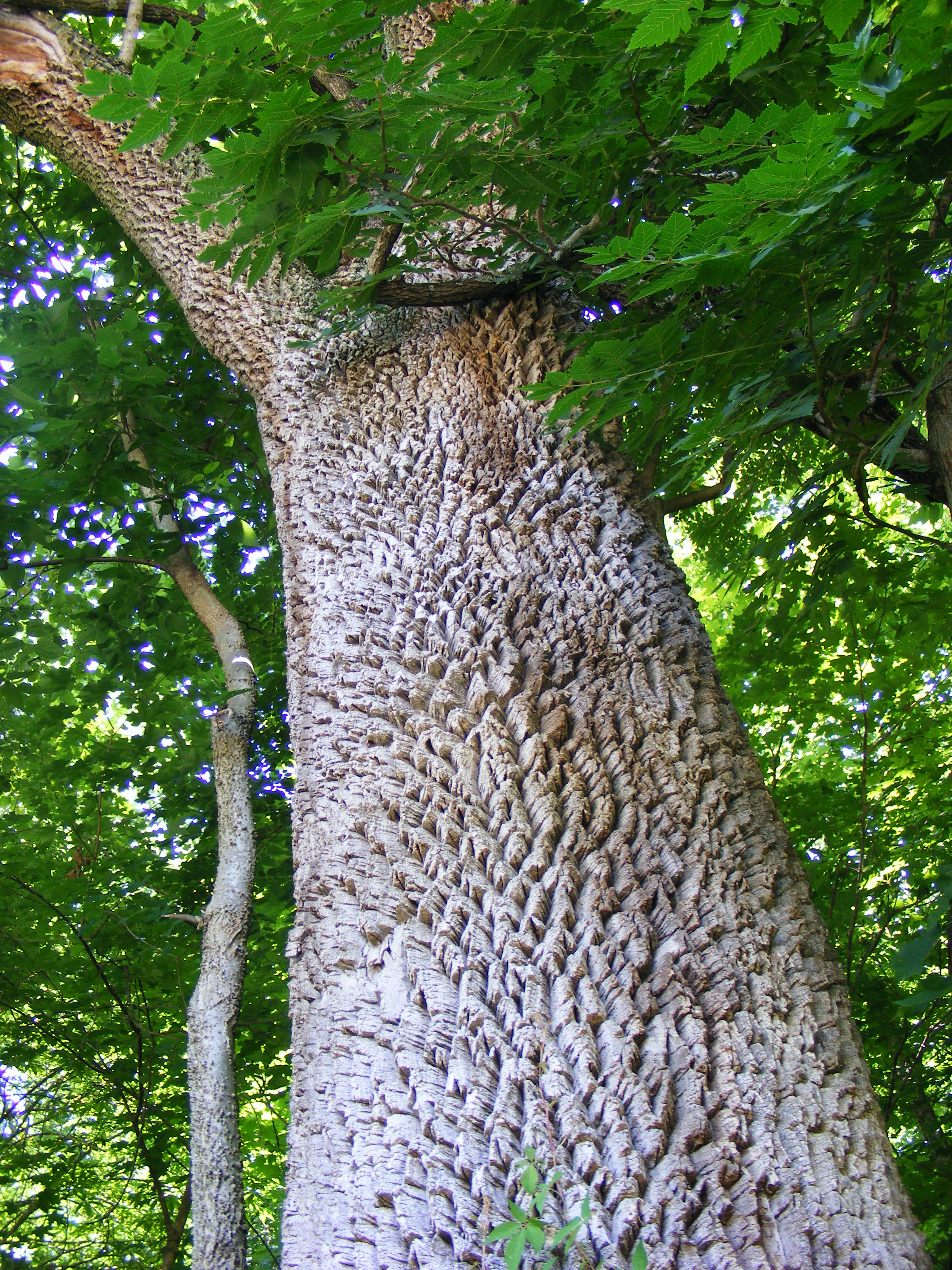
Ash Trees
Height: Up to 80 feet
Bark: Grey with distinct diamond patterns
Leaf: Compound leaf containing 5 to 11 ovate leaflets with smooth margins
You may have noticed a theme here regarding dead and dying trees. If you’ve paid any attention at all to the trees in your neck of the woods, you’ll probably notice that there are a lot of dead and dying ash trees due to the invasive emerald ash borer.
To be honest, I’ve only found morels around ash trees a handful of times, and they’ve mostly been black morels. That said, I know plenty of foragers who swear by ash trees, so I always take a look. I’ve been surprised more than once, including a significant flush of over 50 big yellows at the base of a massive dying ash last year.

Sycamore Trees
Height: Up to 100 feet
Bark: Thin, flaky bark, almost camouflaged in appearance
Leaf: Broadly oval and palmated with 3 to 5 pointed lobes, up to 7 inches across
The bases of sycamore trees are some of my favorite spots to find morels. You’ll often find sycamores growing in floodplains where spring high water saturates and agitates the soil—two factors that come together causing morels to flush.
Look for morels under sycamores on the edges of floodplains and river banks where the soil has been disturbed by high water events. Keep an eye on the soil conditions. Loamy or sandy soil is ideal, but skip anything swampy or muddy. If you’re seeing skunk cabbage, you need to look for slightly drier areas.
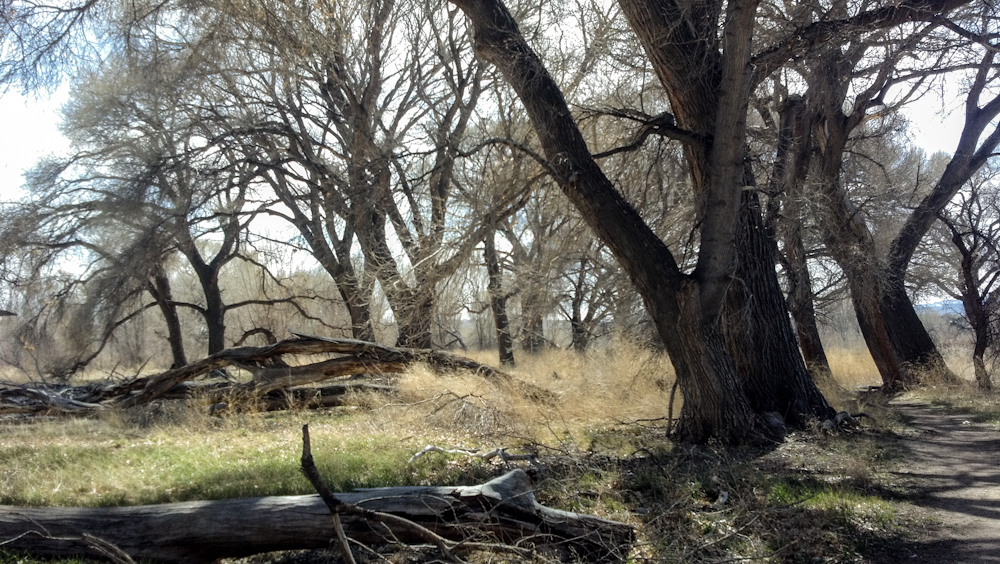
Cottonwood Trees
Height: Up to 80 feet
Bark: Thick, deeply fissured, greyish-brown
Leaf: Triangular with toothed margin, 2 to 5 inches long
Cottonwoods are a morel hunting staple. I know a lot of folks, out West in particular, who have great success finding morels on riverbanks laden with cottonwood trees. Ideal soil conditions should mimic those discussed with sycamores.
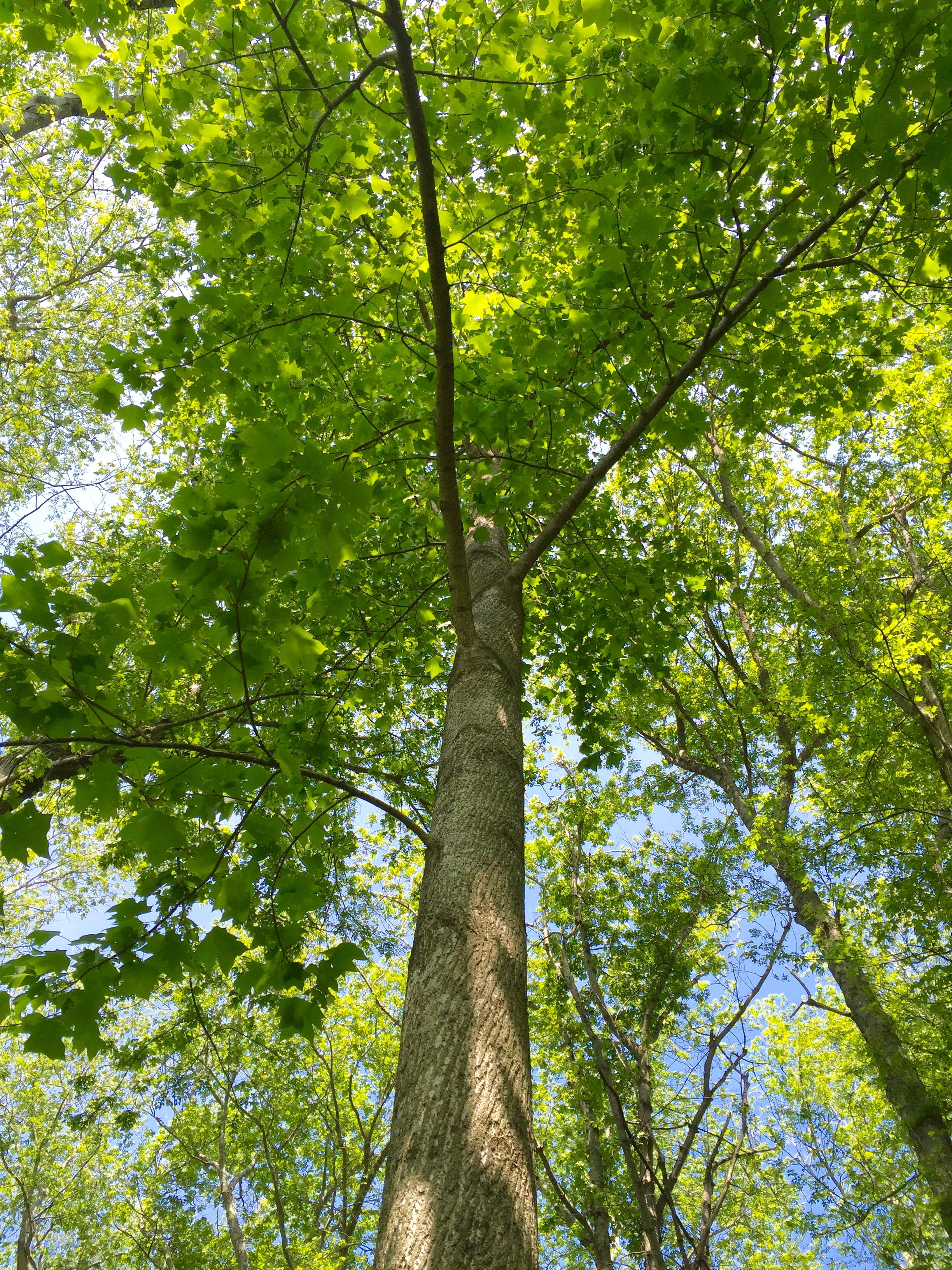
Tulip Poplar Trees
Height: Up to 100 feet
Bark: Long, rounded ridges with deep grooves, greyish-brown
Leaf: Four-lobed, tulip-shaped leaf with smooth margin, 4 to 6 inches long
Although the elm is a friend to many morel hunters, my absolute favorite place to find morels is in groves of tulip poplars. For whatever reason, at least back home in Pennsylvania, there was no better location than a copse of these trees leading down to a creek bottom.
Tulip poplars are huge. They provide a dense canopy so there’s usually little undergrowth beneath them. Because of this sparse ground cover, the soil tends to be more exposed and prone to erosion and agitation during spring rains. Similar to flood plains, this agitation leads to better flushes of morels.
Looking back to my days as a beginning forager, I understand why I kept my eyes glued to the ground—nearly all you hear about morels is how difficult they are to spot if you’re not really looking. While this is good advice when you’re in an area you know holds morels, it’s not such good advice when it comes to finding those areas.
The best advice I can give you is to use this article and have hope, particularly if this is your first morel season. With good rainfall and rising temperatures across a lot of the country, things are looking up. Make sure you do too.





